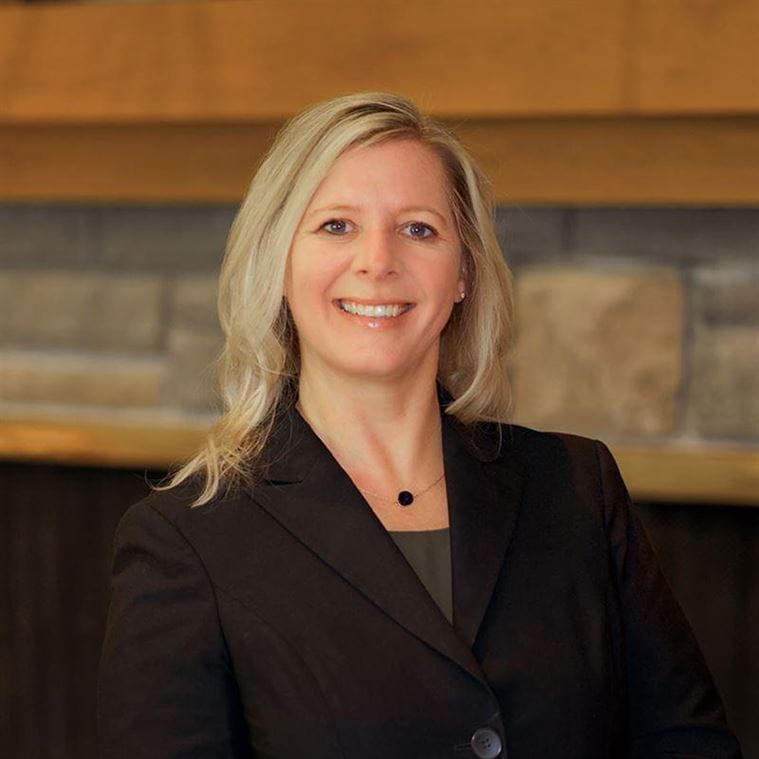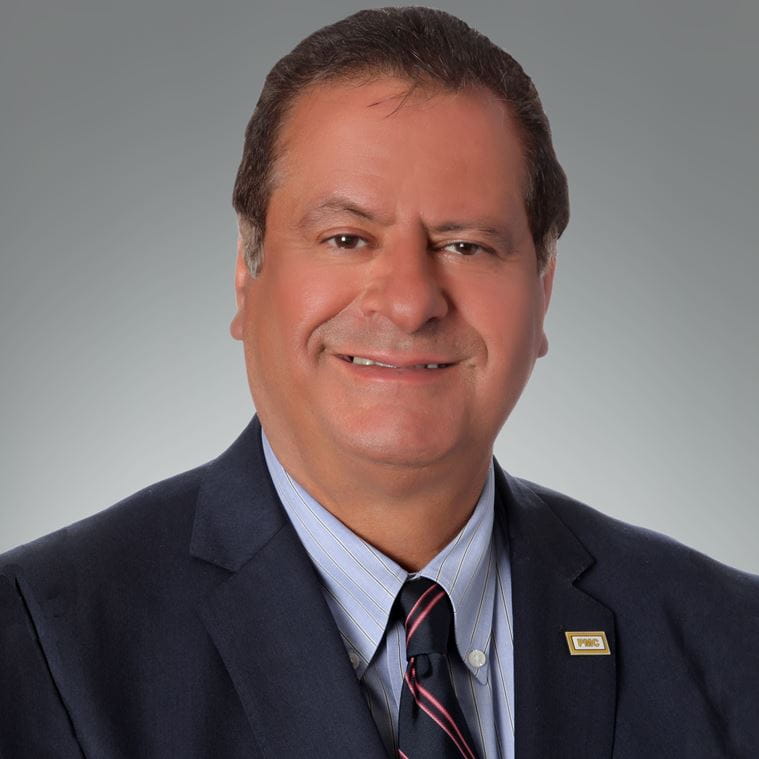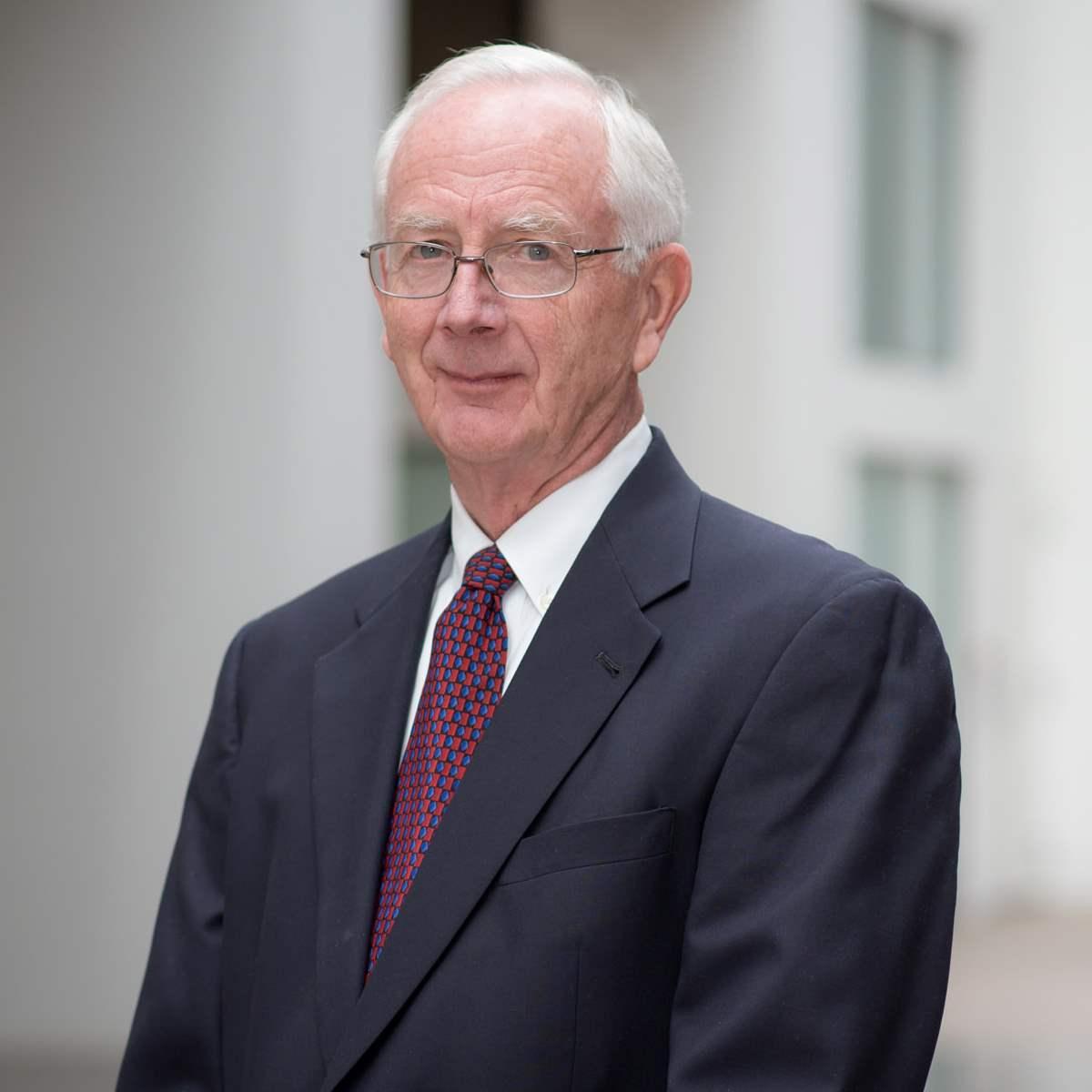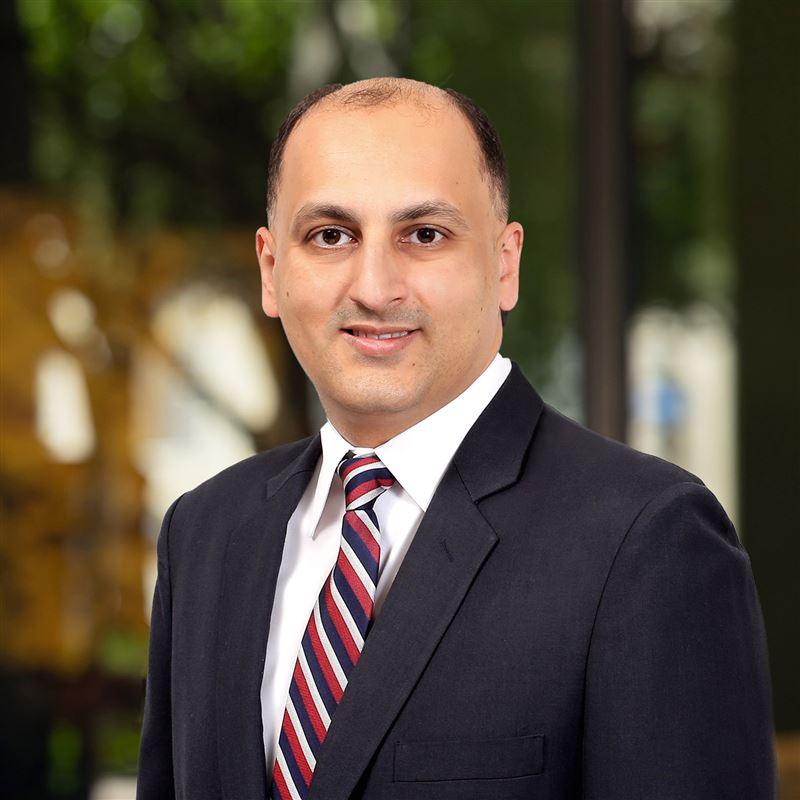Wadi Al Arab Water System II Hydrates Jordan’s Northern Region
In November 2020, King Abdullah II ceremoniously inaugurated the $129 million Wadi Al Arab Water System II, a marvel of modern ingenuity and international collaboration. A powerful team consisting of the Jordanian Ministry of Water and Irrigation/Water Authority, CDM Smith, local utilities, and international agencies, like the European Investment Bank, Agence Francaise de Developement, the European Union and the U.S. Agency for International Development joined forces to jumpstart a new age in water treatment for one of the world’s driest regions.
The new water treatment plant in the Jordan Valley takes water from the King Abdullah Canal, treats it to international standards for quality and delivers it to a surging populace. An influx of refugees from the neighboring civil war in Syria has led to a 10% increase in demand for clean water.
The King Abdullah Canal, vulnerable to seasonal episodes of extreme turbidity, coliform bacteria levels, nematodes, organic carbon, as well as high levels of bromide, is the only locally available source of raw water with adequate capacity. To make matters worse, a lack of vegetated buffers has prevented filtering of contaminants from agricultural and urban runoff.
“This was one of the most difficult water sources to treat that I’ve seen,” said Mark White, CDM Smith vice president and drinking water discipline leader. “The design uses multiple stages of conventional treatment plus ultraviolet light disinfection to provide an extremely robust treatment system capable of handling the challenging seasonal spikes and swings in water quality, while using technology that is familiar with Jordanian staff.”
In its first year, the new plant is expected to produce 10 million-cubic-meters (mcm) of water. This will gradually increase to 15 to 20 mcm in the second year, and later up to its maximum capacity of 30 mcm, which covers 60% of the areas’ potable water needs
The finished project includes:
- A brand new WTP constructed in the Jordan Valley near the KAC Raw water intake from the King Abdulla Canal, with low-lift pump station that can screen out fine and coarse materials and are equipped with chlorine dioxide generators
- 15-mile transmission pipeline to convey the treated water
- Four pump stations that can lift treated water from the below-sea-level treatment plant and deliver it to the Zabda Reservoir, a total increase of approximately 850m in elevation
- The global COVID-19 pandemic added more environmental stresses to an already vulnerable and arid region. Throughout the design and construction phases, project team members found new ways of communicating and collaborating, which became especially important under quarantine.
This was one of the most difficult water sources to treat that I’ve seen.
CDM Smith’s substantive experience in remote technologies, like Microsoft’s HoloLens—an untethered, mixed-reality headset that allowed our experts to visit and explore the site remotely—helped to optimize the project’s design and construction.
“We had staff working on this project from 14 different locations, in six different time zones,” said Jennifer Osgood, CDM Smith vice president and drinking water expert. “Delivering severely needed water to the residents of Jordan was immensely fulfilling,” added Osgood, who has two decades of experience managing complex drinking water projects. Ultimately, the cohort of international funders and technical experts worked tirelessly to finish the project in just three years.
In addition to the technical innovations delivered by the Wadi Arab II project team, there was also a layer of funding coordination contributing to Jordan's newest water treatment plant. CDM Smith senior vice president and country manager Mehran Meserlian highlighted the efforts of government agencies, local utilities and municipalities, as well as international funding institutions. "We were fortunate to have 30 years of experience working with many of these partners," said Meserlian. "Over the years we have worked together to deliver comprehensive, high quality and durable infrastructure across Jordan, and this project is no exception."
Given its immense importance, the Government of Jordan exempted the project from the national quarantine, allowing CDM Smith’s construction manager Hussien Khreis and his team to continue important work throughout the shutdown.
"The Wadi Arab Water Supply System II project delivers a critical water supply to the Irbid Governorate," said Khreis. "This project will have a profound impact on the lives of the people in the Northern Governorates by improving the water supply and quality in the region."

We had staff working on this project from 14 different locations, in six different time zones.

"This project will have a profound impact on the lives of the people in the Northern Governorates by improving the water supply and quality in the region."
Did you know?
The project team mostly modeled Wadi Arab II after the existing Zai Water Treatment Facility, the only other potable water facility currently using the King Abdullah Canal as a source water and a facility that CDM Smith upgraded with design-build improvements in the late 1990s.














